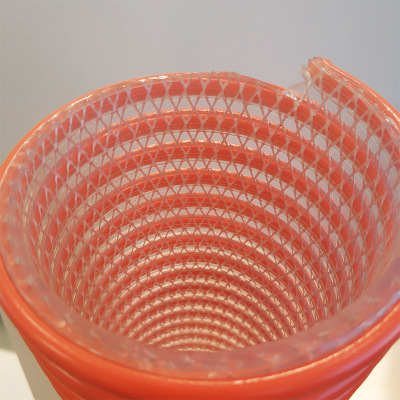Exploring the Benefits and Applications of Foil Duct in HVAC Systems
The Role of Foil Duct in Modern HVAC Systems
In recent years, the efficiency and effectiveness of heating, ventilation, and air conditioning (HVAC) systems have increasingly become a priority for both residential and commercial buildings. One of the essential components that contribute to the overall performance of these systems is the foil duct. Often overlooked, foil ducting plays a vital role in ensuring that air distribution systems operate smoothly, efficiently, and quietly. This article aims to explore the benefits, applications, and types of foil ducting that are commonly used in the HVAC industry.
What is Foil Ducting?
Foil duct, often referred to as flexible ducting or aluminum ducting, is a type of air duct made from thin, durable metal, typically aluminum. It is engineered to be lightweight and highly flexible, allowing it to be easily maneuvered through tight spaces and around obstacles. This combination of strength and adaptability makes foil duct an ideal choice for a wide range of applications in HVAC installations.
Advantages of Foil Duct
1. Lightweight and Flexible One of the primary advantages of foil duct is its lightweight nature. This makes it easy to transport and install, reducing labor costs and installation time. The flexibility of the duct also allows it to be bent and shaped to fit into various configurations without compromising airflow.
2. Durability Foil duct is resistant to moisture and corrosion, which enhances its longevity. Unlike some other materials, it does not degrade over time, ensuring that it maintains its structural integrity and performance. This durability is particularly beneficial in environments where humidity levels are fluctuating.
3. Efficient Airflow Foil duct is designed to provide optimal airflow without significant resistance. When installed correctly, it can help maintain the efficiency of HVAC systems, ensuring that conditioned air reaches its intended destination quickly and evenly. This efficiency ultimately leads to lower energy bills for homeowners and building managers.
4. Fire Resistance Aluminum foil ducting is non-combustible, which adds an extra layer of safety in HVAC applications. Its fire-resistant properties make it suitable for use in various settings, including commercial properties where fire codes are stringent.
5. Noise Reduction Unlike rigid ductwork, foil duct can minimize noise levels associated with air movement. Its design allows for quieter operation, creating a more comfortable indoor environment.
foil duct

Applications of Foil Duct
Foil ducts are widely used in both residential and commercial HVAC systems. In homes, they are often utilized for connecting air handlers to the ventilation system, allowing for flexible routing throughout the building. This flexibility is particularly useful in retrofitting older homes or when dealing with complex architectural designs.
In commercial settings, foil ducting is typically used for air distribution in larger spaces, such as offices, warehouses, and retail establishments. Its lightweight nature allows for easy installation in areas where weight restrictions may be an issue, while its durability ensures that it can withstand the rigors of commercial use.
Types of Foil Duct
There are several types of foil ducting available on the market, each designed to meet specific requirements. Some common types include
- Insulated Foil Duct This type features insulation wrapped around the duct to help maintain temperature and reduce energy loss. It is particularly useful in applications where temperature control is crucial.
- Uninsulated Foil Duct Ideal for situations where insulation is not necessary, uninsulated foil duct is often used in conditioned spaces where the air temperature is managed.
- High-Temperature Foil Duct For environments that experience high temperatures, specialized foil duct options are available that can withstand elevated heat levels without degrading.
Conclusion
Foil duct has established itself as a key player in the HVAC industry, providing a combination of flexibility, efficiency, and durability. As energy costs continue to rise and the demand for more efficient buildings increases, the role of foil duct in modern HVAC systems becomes ever more important. Whether in new constructions or retrofitting existing systems, investing in quality foil ducting can lead to improved airflow, reduced energy consumption, and a more comfortable indoor environment.
-
Welded Wire Mesh Panel: Durable, Versatile, and AffordableNewsJul.28,2025
-
Top Quality Oxy Acetylene Hoses for Sale Fit for Welding DemandsNewsJul.28,2025
-
The Future of Pneumatic Air Tubes in IndustryNewsJul.28,2025
-
Superior and Reliable LPG Hose Pipe Solutions for Every NeedNewsJul.28,2025
-
Exceptionally Durable and Versatile Premium Braided PVC TubingNewsJul.28,2025
-
Best Adapters for Connecting Garden Hose to PVC Pipe ConnectionsNewsJul.28,2025














